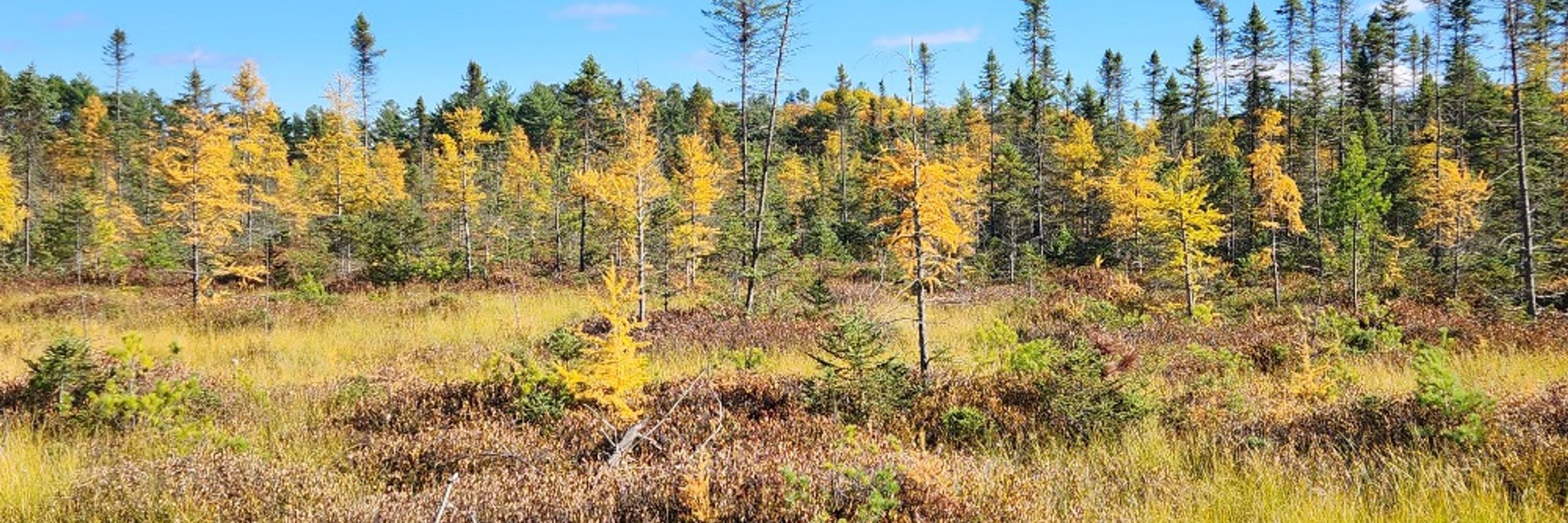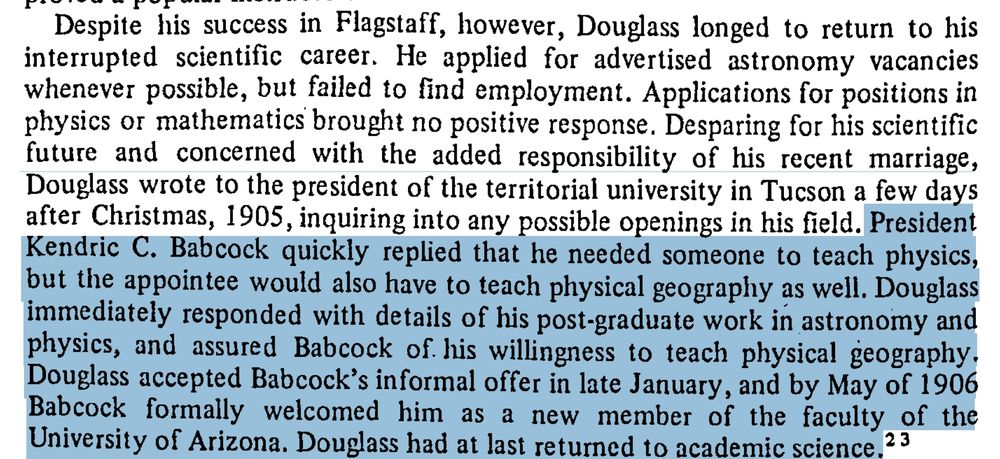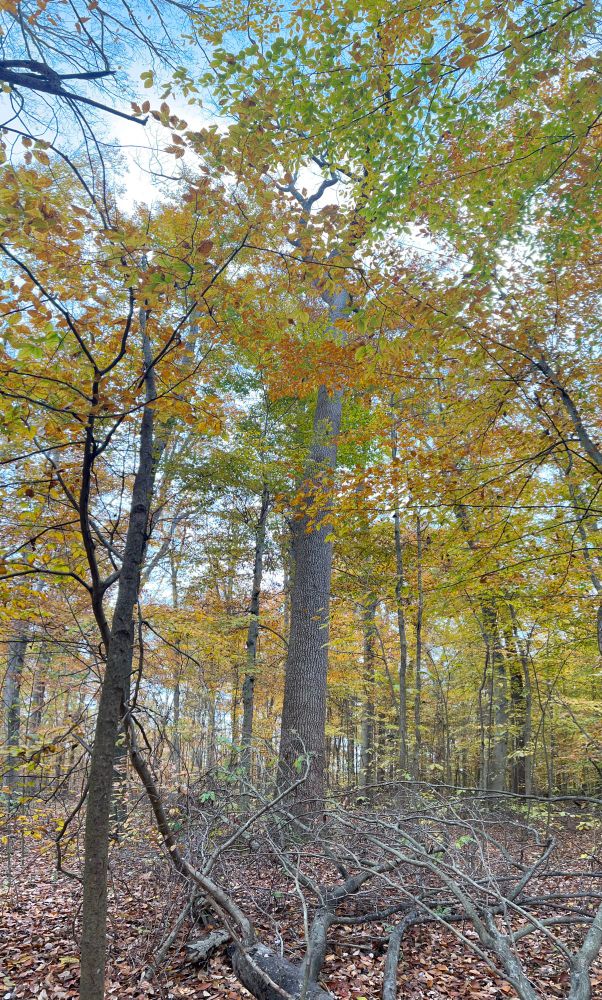
A Winter Storm Watch remains in effect for Douglas, Bayfield, Ashland, Iron, and Vilas Counties, with widespread 8-12" snow accumulations by Thanksgiving!

First, finding 15 dugout canoes in a single lake boggles my mind. That is amazing and does not need another hook/lede.
Second, it IS initially surprising that a substantial portion of these are from the red oak group.
I cannot imagine a way red oaks could be injured up and down the length of the tree to induce extensive tyloses formation over years to decades without also inducing extensive decay.
www.jsonline.com/story/news/l...
First, finding 15 dugout canoes in a single lake boggles my mind. That is amazing and does not need another hook/lede.
Second, it IS initially surprising that a substantial portion of these are from the red oak group.
Trout unlimited has a tool on their page that will automatically send your message to the EPA as well as your representatives:
www.tu.org/conservation...
Trout unlimited has a tool on their page that will automatically send your message to the EPA as well as your representatives:
www.tu.org/conservation...
Pesquet, Cesarino, Kajita & Pawlowski
👇
📖 nph.onlinelibrary.wiley.com/doi/10.1111/...
#LatestIssue

Pesquet, Cesarino, Kajita & Pawlowski
👇
📖 nph.onlinelibrary.wiley.com/doi/10.1111/...
#LatestIssue
I cannot imagine a way red oaks could be injured up and down the length of the tree to induce extensive tyloses formation over years to decades without also inducing extensive decay.
www.jsonline.com/story/news/l...
I cannot imagine a way red oaks could be injured up and down the length of the tree to induce extensive tyloses formation over years to decades without also inducing extensive decay.
www.jsonline.com/story/news/l...






And I was doing it wearing my late father's "shooting glasses" that I came across this past week.




And I was doing it wearing my late father's "shooting glasses" that I came across this past week.
And this afternoon, they would have been right.

And this afternoon, they would have been right.
To support this year's Global Carbon Budget, 2025, we are publishing
The big paper, made possible by the strong commitment of a core group of scientists, with @pfriedling.bsky.social at the lead, working with a network of equally committed contributors from 102 research organizations worldwide

To support this year's Global Carbon Budget, 2025, we are publishing
The big paper, made possible by the strong commitment of a core group of scientists, with @pfriedling.bsky.social at the lead, working with a network of equally committed contributors from 102 research organizations worldwide
I knew what it was when I found it, but it was the first time I had seen this thing in real life.
Hint: it was a small and shallow, mucky lake.
Found it this weekend under a small rowboat on the shore of a remote, undeveloped lake on Forest Service land.

I knew what it was when I found it, but it was the first time I had seen this thing in real life.
Hint: it was a small and shallow, mucky lake.
The fellow will work at the intersection of forest ecology and environmental policy, investigating the effectiveness of forest carbon offset programs

The fellow will work at the intersection of forest ecology and environmental policy, investigating the effectiveness of forest carbon offset programs
The Edmund Fitzgerald was the last.
The last. In 50 years, not a single commercial freighter has been lost in the Great Lakes.
Why?
It's NOAA. Of course it's NOAA.
The Edmund Fitzgerald was the last.
The last. In 50 years, not a single commercial freighter has been lost in the Great Lakes.
Why?
It's NOAA. Of course it's NOAA.





Found it this weekend under a small rowboat on the shore of a remote, undeveloped lake on Forest Service land.

Found it this weekend under a small rowboat on the shore of a remote, undeveloped lake on Forest Service land.
One of my favorite places in the UP.
During the summer of 2000 I camped many weekends in the shadow of Silver Mt because my first forest ecology research job as an undergrad only paid for hotels during weekdays.

One of my favorite places in the UP.
During the summer of 2000 I camped many weekends in the shadow of Silver Mt because my first forest ecology research job as an undergrad only paid for hotels during weekdays.


However, adjacent to Lake Superior the opposite pattern occurs (see figure) and is particularly pronounced during cold conditions.
Does anyone know what is going on here ?

However, adjacent to Lake Superior the opposite pattern occurs (see figure) and is particularly pronounced during cold conditions.
Does anyone know what is going on here ?
There are some nice local white cedar rings in the logs walls.




There are some nice local white cedar rings in the logs walls.




